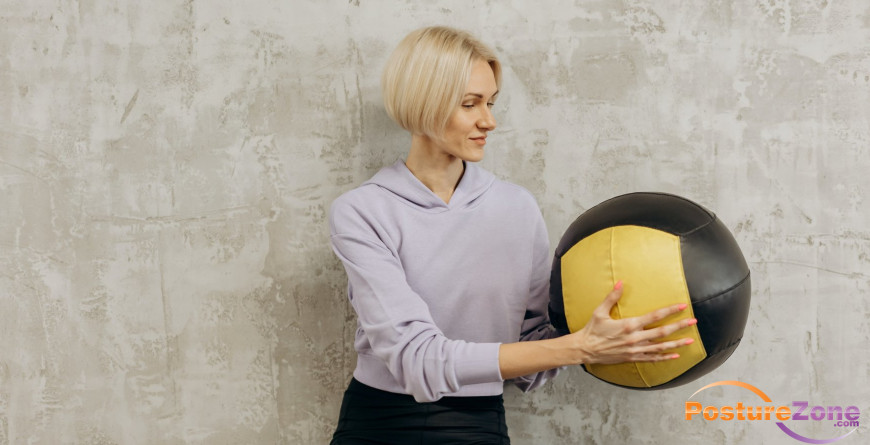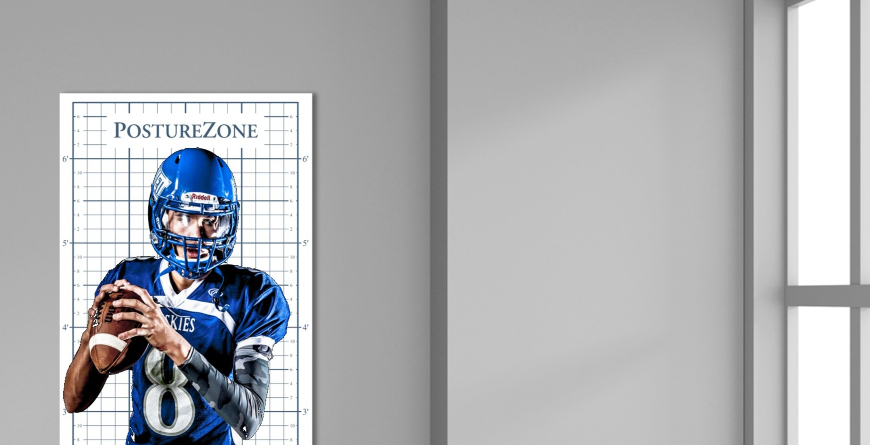Impact of Posture on Athletic Performance & Sports Training
Posted by Renee North, NASM-CPT, CPEP on 8th Jun 2023
In the realm of sports coaching, personal training, and athletic training, the recognition of posture as a crucial factor in enhancing athletic performance and preventing injuries is gaining traction. By incorporating posture assessment, corrective exercises, and posture grids into their practice, professionals in these fields can unlock athletes' full potential. Read on to explore the integration of these strategies, tailored to the unique challenges and opportunities faced by sports coaches, personal trainers, and athletic trainers, in optimizing sports performance and promoting musculoskeletal health.
Optimizing Athletic Performance through Posture
Sports coaches, personal trainers, and athletic trainers are acutely aware of the impact that postural alignment has on sports performance. Through precise static and dynamic posture assessments, practitioners gain valuable insights into athletes' postural imbalances, movement dysfunctions, and biomechanical inefficiencies. This in-depth analysis provides the foundation for tailored training programs that address individual athletes' specific postural needs. By optimizing movement patterns, improving muscular balance, and enhancing core stability, coaches and trainers can unlock athletes' biomechanical efficiency, power transfer, and overall performance.
Tailoring Corrective Posture Exercises
Personal trainers, in particular, play a pivotal role in tailoring fitness training programs to individual clients' goals and challenges. By integrating posture assessment as a fundamental component of client evaluations, trainers can identify postural imbalances that may affect overall performance. Armed with this knowledge, they can develop customized corrective exercise plans that target specific postural issues, such as faulty movement patterns, muscle imbalances, or inadequate core stability. By focusing on improving posture during various exercises and movements, trainers empower clients to optimize movement mechanics, prevent injuries, and achieve their personal fitness milestones.

Addressing Sports-Specific Challenges
Sports coaches face a unique set of challenges depending on the sport they specialize in. Whether leading a professional football team or coaching a basketball team, or if your focus is karate, hockey, pickleball, tennis or baseball, understanding the specific demands and biomechanical intricacies of the sport is essential. By incorporating sport-specific posture assessments, coaches can identify postural challenges relevant to their athletes' sports. Tailoring training programs to address these challenges through corrective exercises allows athletes to optimize movement efficiency, improve biomechanics, and enhance sport-specific skills. This targeted approach ultimately elevates athletes' performance on the field or court.
Promoting Musculoskeletal Health and Injury Prevention
Athletic trainers bear the responsibility of safeguarding athletes' health and preventing injuries. Incorporating posture assessment techniques into their evaluation process allows athletic trainers to identify potential risk factors associated with postural imbalances, faulty movement patterns, or inadequate core stability. By developing targeted corrective exercise programs that improve postural alignment, muscular balance, and joint stability, trainers effectively mitigate the risk of common sports injuries such as strains, sprains, and overuse injuries. Furthermore, integrating posture-focused exercises into rehabilitation programs expedites recovery, restores optimal function, and reduces the likelihood of reinjury.

Enhancing Athlete Engagement with Posture Grids
Posture grids serve as valuable visual tools to relay postural findings, track progress, and reinforce the importance of posture in athletic performance and injury prevention. When integrated into training facilities, locker rooms, gyms, and rehabilitation centers, posture grids provide athletes with tangible feedback and a visual representation of their postural deviations. This not only enhances their understanding of postural imbalances but also fosters a sense of ownership and commitment to corrective exercise programs. Athletes develop heightened postural awareness, improved movement quality, and increased resilience, ultimately translating to enhanced on-field performance.
In the pursuit of optimizing athletic performance and promoting musculoskeletal health, sports coaches, personal trainers, and athletic trainers have recognized the indispensable role of posture assessment, corrective exercises, and posture grids.


